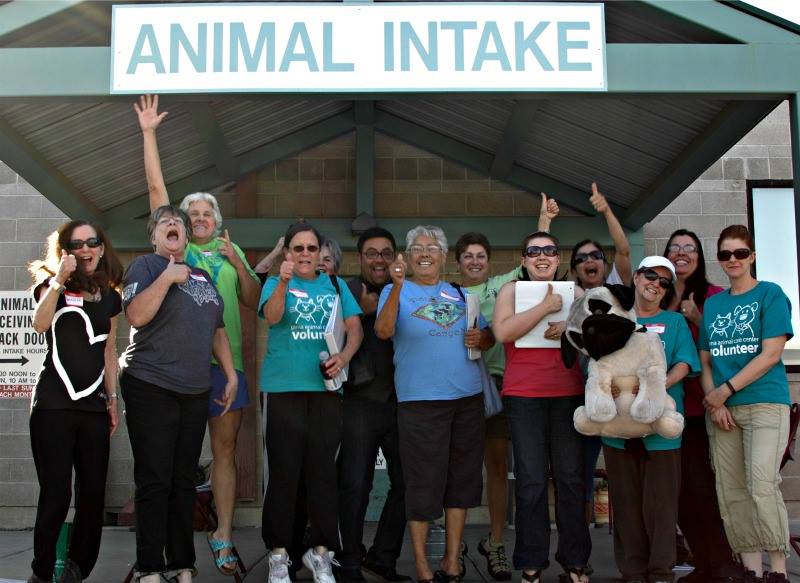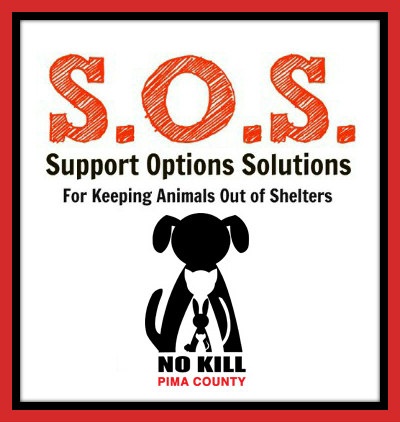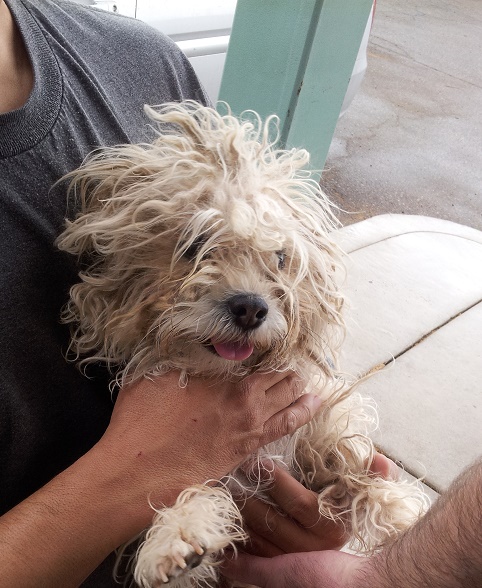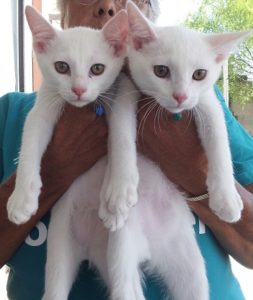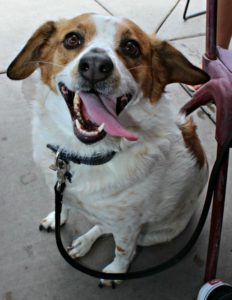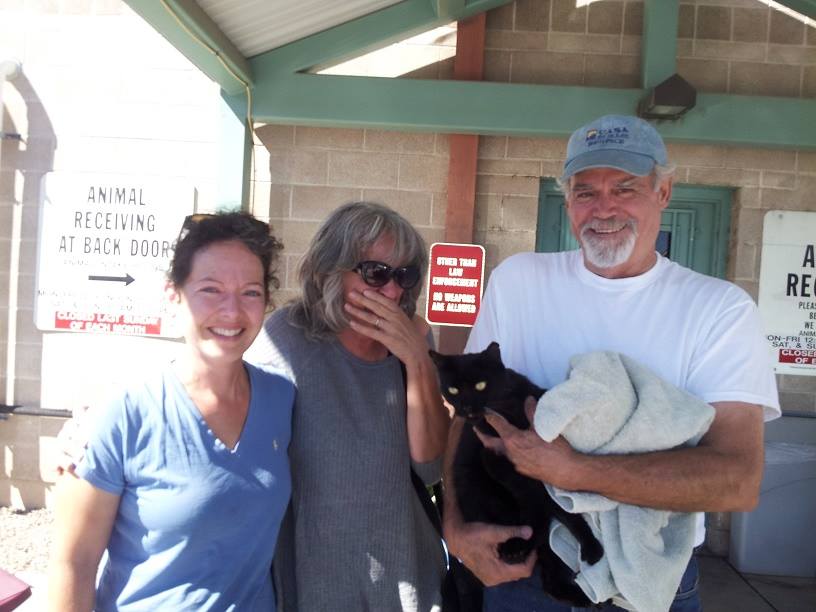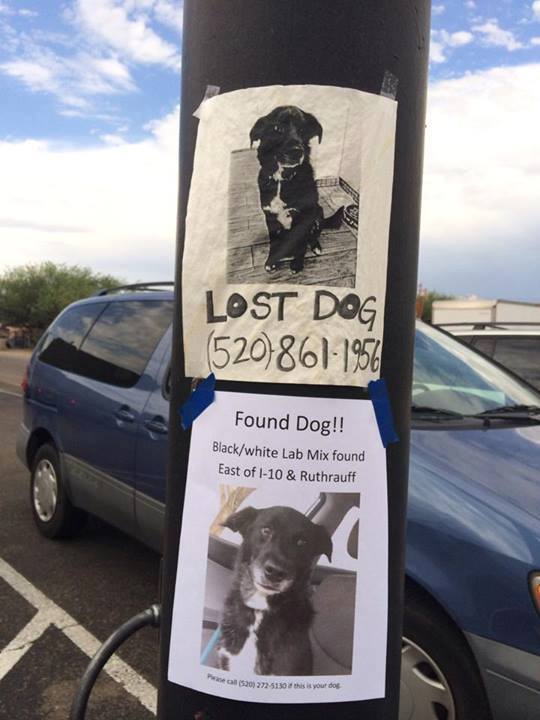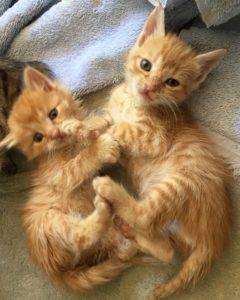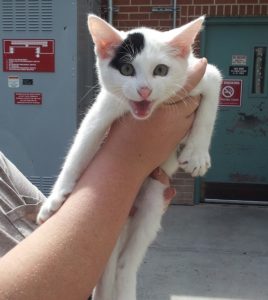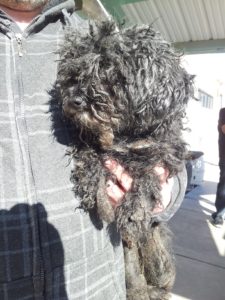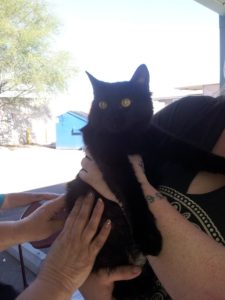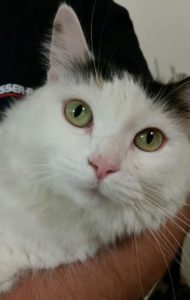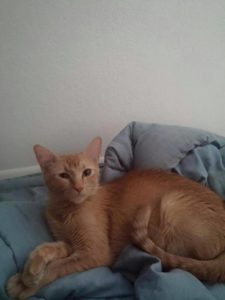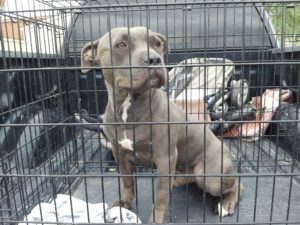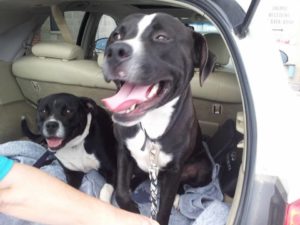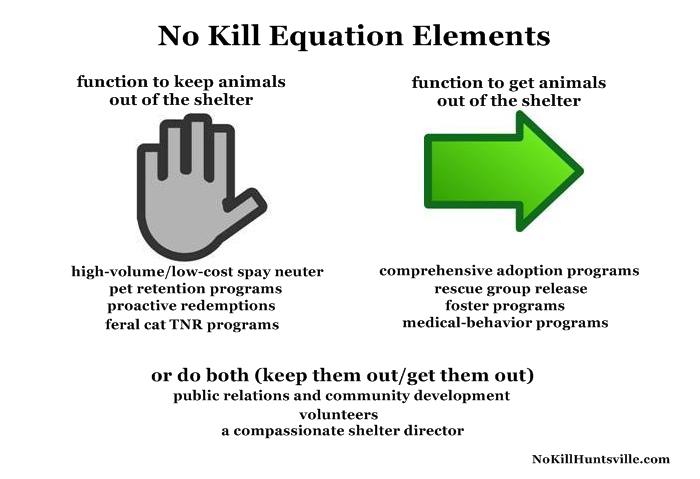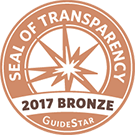S.O.S. Help Desk Celebrates Two Years and 1,100 Diversions
No Kill Pima County (NKPC) started a shelter diversion service, the S.O.S. Help Desk, in collaboration with Pima County Animal Care Center (PACC), on May 17, 2014. Without a penny in our fund we set up shop at the door of the County shelter. Our service is based on the premise that most people believe they are doing the best they can do when they bring an animal to the shelter. And, if they only knew some available options to consider and the risk factors of a shelter, many would do better.
Volunteers armed with only the brand new S.O.S. Resource Directory and compassion for people and animals started asking people why they were bringing an animal to a shelter.
WHAT WE DO
We let people know about low cost clinics, pet friendly apartments, pet training opportunities, how to solve problems like litterbox issues or escaping dogs, how to find a lost pet’s owner while keeping the pet in your home (and while PACC lists the animal on their website AS IF it was brought into the shelter) and how to rehome a pet in a responsible way if need be (with our networking help).
We spread the word on trap, neuter, return (TNR), the ONLY proven effective, long term solution for reducing feral cat populations. Now we also tell people about the Best Friends Community Cats Project and let people know how they can be part of the community effort.
If the owner/finder could not or would not take advantage of any available resources and bring the animal back home even temporarily, we started calling rescue organizations to see if they could take them into one of their foster homes in order to keep them out of the shelter.
Almost immediately the community began donating funds to the service. Within weeks we were able to offer more resources to help. Most often it would be medical referrals for diagnostics and short term treatment of minor illnesses or injuries. Sometimes that’s all it took for the owner or the Good Samaritan finder to be able to take the animal home with them. Some owners bring their pets to PACC for euthanasia or surrender because they can’t afford to take them to a vet and find out what is wrong. Some showed us they already received exorbitant estimates for blood work or xrays.
NKPC also assures free spay/neuter, vaccinations and now microchips for those animals we send home with their owners and those we suggested they rehome on their own.
Then, in our second year, we were fortunate to receive a paid part time staff from Friends of PACC, a project fund held at the Community Foundation For Southern Arizona.
When we opened two years ago, the live release rate at PACC was not as good as it is now. Intakes were higher, there were fewer resources at the shelter and more animals’ lives were in jeopardy. We still tell people today that a shelter should always be the last resort for any animal. It is a traumatic experience, the shelter is often over crowded, there is higher risk for illness (especially for the very young or older animals) and we need to save room in the public shelter for those dogs and cats with no other options. That’s important in order to become and sustain a No Kill community.
PEOPLE LISTENED!
Between 28% and 32% of the people we talk to have not had to leave the animal(s) at the shelter. Many of them just give us some time in the waiting area to network with the rescues. Sometimes we are able to use one of our volunteers who take them for short periods of time while we find a placement. Some Good Samaritans find out the animal has a microchip and wait for us to try and contact the owner and have them pick up their pet from the waiting area.
Others bring the animal back home with them, temporarily or permanently. Some lost pets are returned to their owner within hours or days. Often a finder will get attached and keep a stray if no owner is ever found. Some pets who were brought to the shelter by their owners will be able to STAY with them. Many of the pets in various circumstances are rehomed, with our help and without requiring a stay at the shelter.
A microchip can lead to an instant happy ending like the one above, a beloved pet who had been missing for months. Other lost pets were reunited within hours or days thanks to facebook, lost reports called in to PACC, Craigslist or finders and owners walking around looking for each other.
This actually happened (above) when one of the Good Samaritans was posting ‘found’ fliers and came upon a ‘lost’ flier of the same dog!!!
OUTCOMES!
1,100 animals were diverted successfully in the first two years!
We follow-up with each person (owners, finders, volunteers) who takes an animal back home and offer support and determine the ultimate outcome.
An additional number of cases not currently included in our ‘success’ numbers are:
48 people (with 68 animals) we have not been able to reach or confirm the diversion plan.
45 animals we know were ultimately brought back to PACC.
And, another 19 animals who needed humane euthanasia or died despite our veterinary support. These families were very grateful for the service they received, to have a veterinary consult and sometimes treatment, as it gave them the peace of mind to know they had done all they could.
CHALLENGES
As you might guess, we are most successful rehoming or finding a volunteer or a rescue to take puppies, kittens, small dogs and some pure breeds.
Cats are underrepresented in our diversion numbers. They represent 30% of all intakes at PACC but less than 20% of our diversions. Some of the reasons we can determine: only 4 of the stray cats we met had a microchip, compared to 70 dogs in one year. There are fewer rescues available for cats. 49% of our diversions went to rescue organizations. We have collaborated with approximately 50 rescues and shelters, and only 6 are specifically for cats. Another 6 take cats as well as dogs.
Pit Bulls/mixes and other med/large mixes are even more under represented in our outcomes. Some, pit bulls/mixes like those below, have been returned to their owners or have been rehomed. Only ONE have we sent to a rescue. And unfortunately pit bull/mixes and other med/large mixed breed dogs do represent a large percentage of the dogs coming to the shelter.
While these challenges are significant, they do not diminish the successes of the S.O.S. Help Desk.
NKPC is proud of this and the many accomplishments of other organizations, including PACC, and so many individuals that have changed the quality of life for Pima County’s animals in the past few years. To achieve and then sustain a No Kill community we must continue to develop positive alternatives to keep animals out of the shelters, continue improving PACC’s resources and procedures to take good care of those that go in and continue increasing life-saving options, adoption and rescue efforts to get them out as soon as possible.
WE ARE GETTING CLOSE!
You can help by contributing your time or resources anywhere along that path!
Contact us if you’d like to visit the S.O.S. Help Desk (a prerequisite to attending a June 14 training) or if you’d like to volunteer to provide short term care for pets that NKPC diverts from PACC.
You can also
make a tax deductible donation to the S.O.S. Help Desk!
To learn more about volunteer opportunities with Pima Animal Care Center, where you can assist in providing animal care and/or help with adoptions to help them leave, check out their website and complete the online application.
NKPC wishes to THANK ALL the donors, volunteers and rescues who make this possible.
A special thanks to the Bonnie Kay Fund held at the Community Foundation for Southern Arizona for generously contributing to our service AND making it possible to receive a wonderful part time staff Liz Cardarelli.
AND THANK YOU TO PACC
for embracing this service.
FINE PRINT: please note the S.O.S. Help Desk is not available at the shelter all the time. Please do not suggest someone bring a pet to PACC so that we might offer services and divert it! The odds are they will be admitting their pet to PACC and our efforts to reduce admissions is wasted.
NKPC does not have a fund for pet owners in the community in need of medical care nor resources for them to rehome their pets OTHER than the guidelines in our online resource directory. If you wish to be helpful to the public please refer them to the directory. THANKS!

